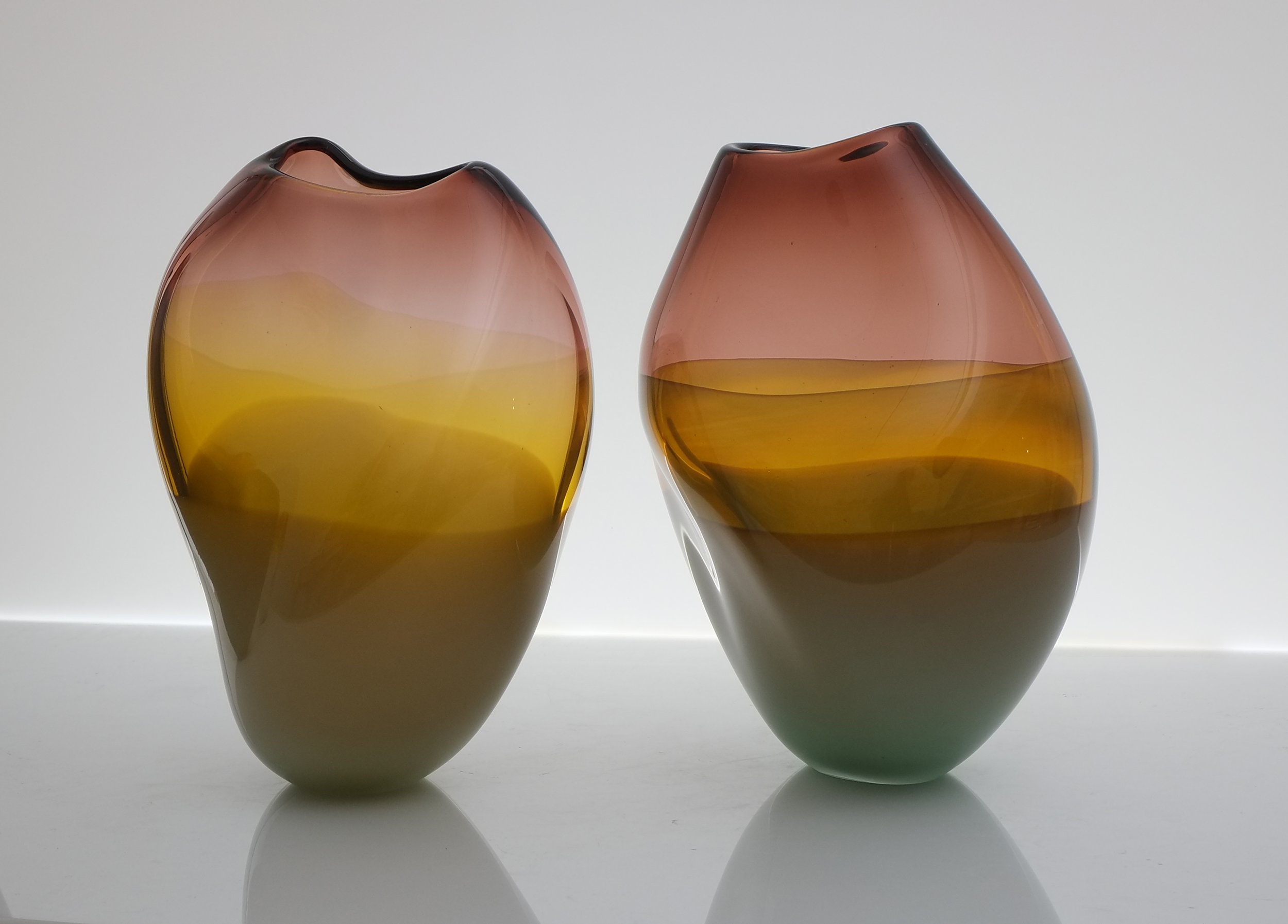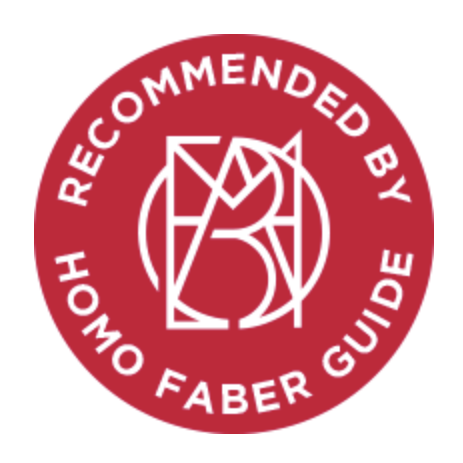About
Born in Canada, Michèle Oberdieck has lived in Britain most of her life, training first as a textile designer at Glasgow School of Art, and later embarking on an MA in Ceramics and Glass at the Royal College of Art.
This shift of material was the result of a significant commission involving the development of a new technique, fusing printed fabrics between sheets of glass. A moment that sparked curiosity in this new medium, paving the way for a new creative direction.
Plant life and flowers have always been an inspiration across both disciplines. She translates the delicate beauty of biomorphic organic shapes into mesmerising glassworks. A profound understanding of colour and texture breathes life into her creations echoing the rhythm of nature.
Previous exhibitions include Collect Art Fair, Salon NY, and Venice Glass week. She is represented by Vessel Gallery in London, J.Lohmann and Studio Tashego in New York, exhibiting and selling work worldwide.
She lives in London, working principally from her studio in Holborn and in hot glass workshops located in the UK.

Inspiration
Michèle is drawn to biomorphic shapes found in plant growth and decay, such as the delicate forms tulip petals take on this journey. These beautiful twisted organic shapes reveal the motion of aging stopped in its tracks.
It is this transformation that she aims to capture in glass. The shapes twist and gently turn, resisting the pull of symmetry, finding their own unique way.
Colour
Colour has always played an important role in Oberdieck’s work, from her past practice in printmaking and textiles, to her works in glass which offers a unique way to express the delicacies of colour and its interaction with light.
The luminosity of colours found in the sky as day turns to dusk with the pivotal light from the sun or moon glowing through layers of folded clouds is capitivating.
Her artistic influences are evident in works by American Abstract expressionists, such as Rothko, Bonnard, Bowling, Helen Frankenthaler, and the soft forms of Jean Arp’s sculptures.
Colour and form evolve together in these glass works. The free tonal movement of colour flows within the glass creating cascades of reflection.
"When working with glass, one starts with colour. It moves as the form starts to evolve. Each colour reacts differently to one another, as the opaque and transparent colours move at different speeds. Softer colours become milky and more malleable while harder colours remain rigid, creating defining lines. The proportion of colours used impact a piece dramatically, as does the proportion of transparency revealed.
Discovering how dramatically different light-sources affect colour constantly inspires me, as does the resulting shadows glass-shapes make, creating another dimension.
Vivid, subtle, expressive - it is important how the tone works with the shape. The size of the base affects the proportion of the piece, impacting how the colour appears, as does the width of the rim which controls the amount of light coming through."









